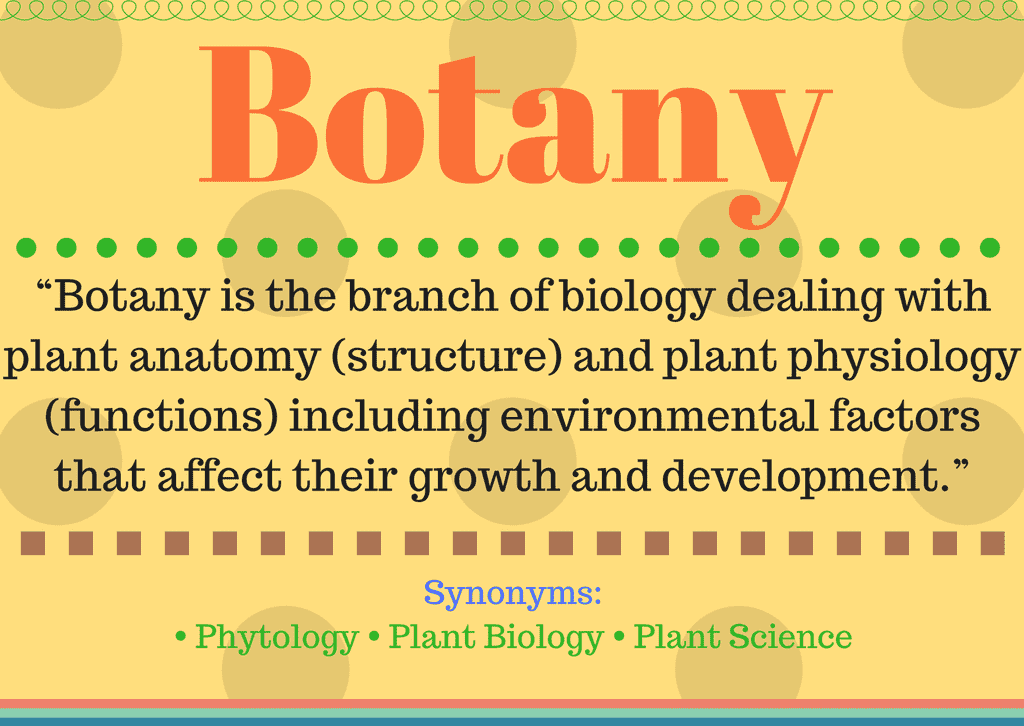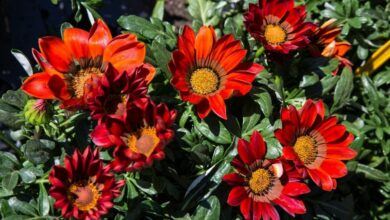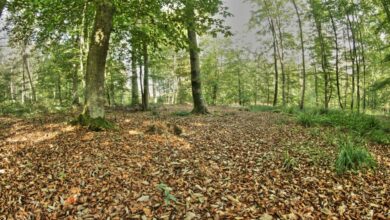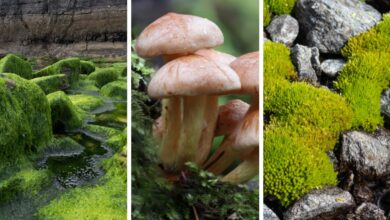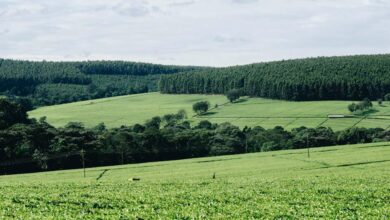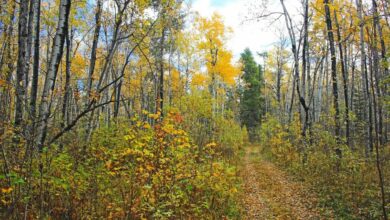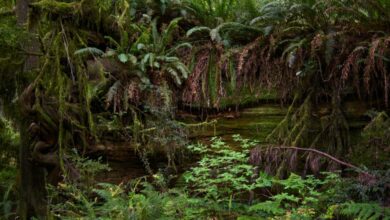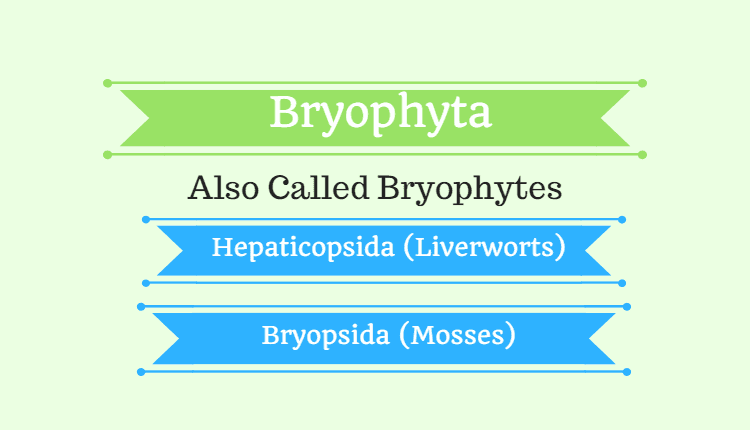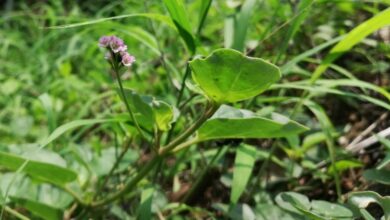Aleurone Layer
The aleurone layer is an important part of the plant structure and is found in many cereal grains such as wheat, barley, and oats.
This layer is made up of single-celled aleurone cells, which are the outermost cells of the starchy endosperms in grain.
In addition to providing the grain with a protective layer, the aleurone layer is also responsible for the synthesis and storage of proteins and carbohydrates, and plays an important role in the development of the endosperm.
The aleurone layer is found between the endosperm and the bran, and is made up of aleurone cells which have elongated shapes and a thick, tough cell wall.
The cell wall contains protein, lipids, and carbohydrates that are important for grain structure and nutritional value.
It is also responsible for synthesizing and storing proteins, such as gluten and prolamins, and carbohydrates, such as starch and sugar.
The aleurone layer is also involved in the development of the endosperm.
During germination, the aleurone layer produces certain enzymes and hormones, such as gibberellins, which are necessary for the proper growth and development of the endosperm.
The aleurone layer is also involved in the regulation of water uptake and starch mobilization, as well as the production of vitamins and minerals.
In addition to providing structural support and aiding in endosperm development, the aleurone layer also provides flavor and texture to grains.
The aleurone layer is known to contain higher levels of minerals and vitamins than the other layers of the grain, and is also the source of the characteristic nutty flavor of some grains.
Overall, the aleurone layer is an important part of the grain structure and is involved in key processes such as the synthesis and storage of proteins, carbohydrates, vitamins, and minerals, as well as the regulation of water uptake and starch mobilization.
The aleurone layer also provides flavor and texture to many grains, making it an important and integral part of the grain.

